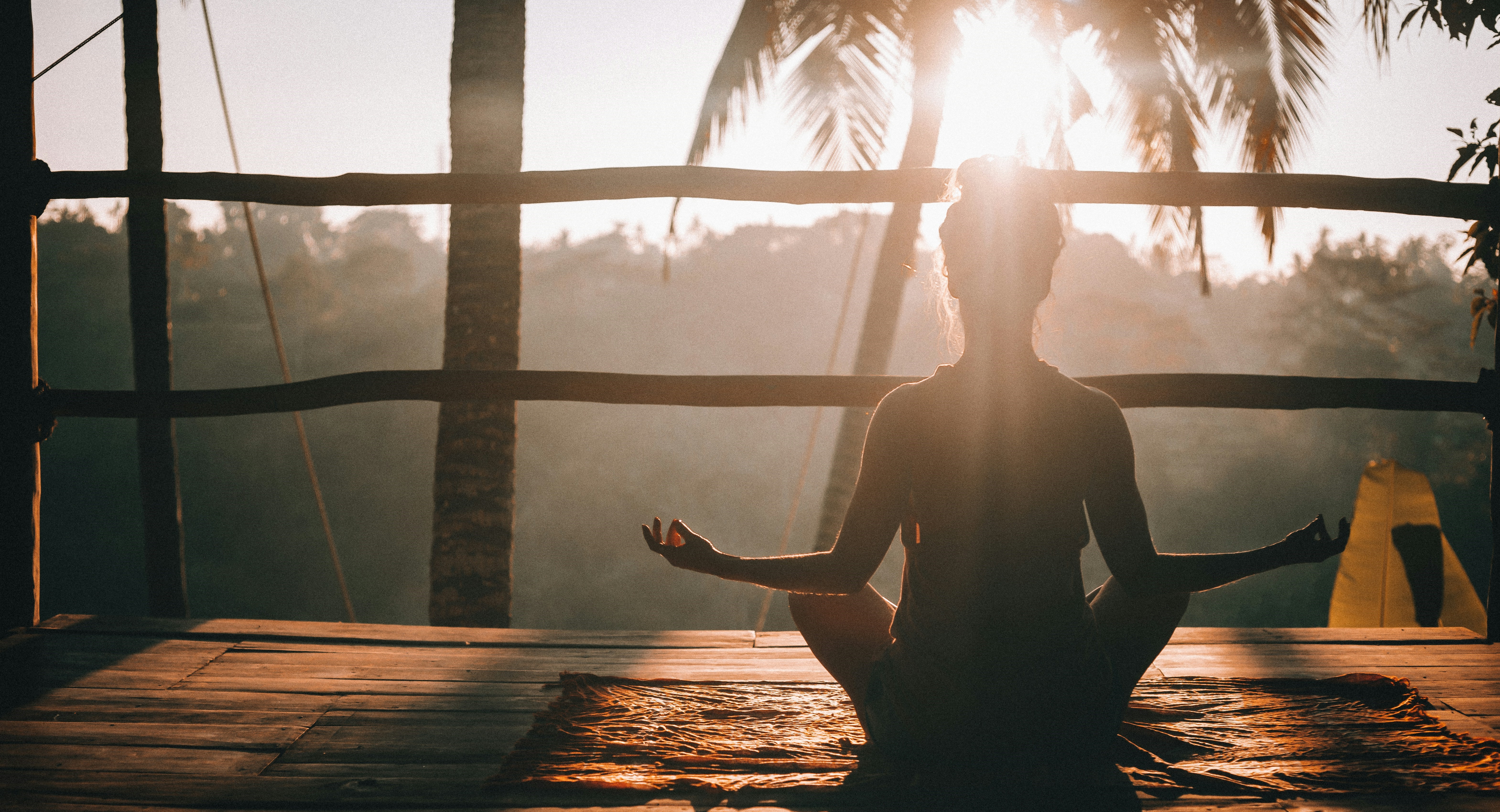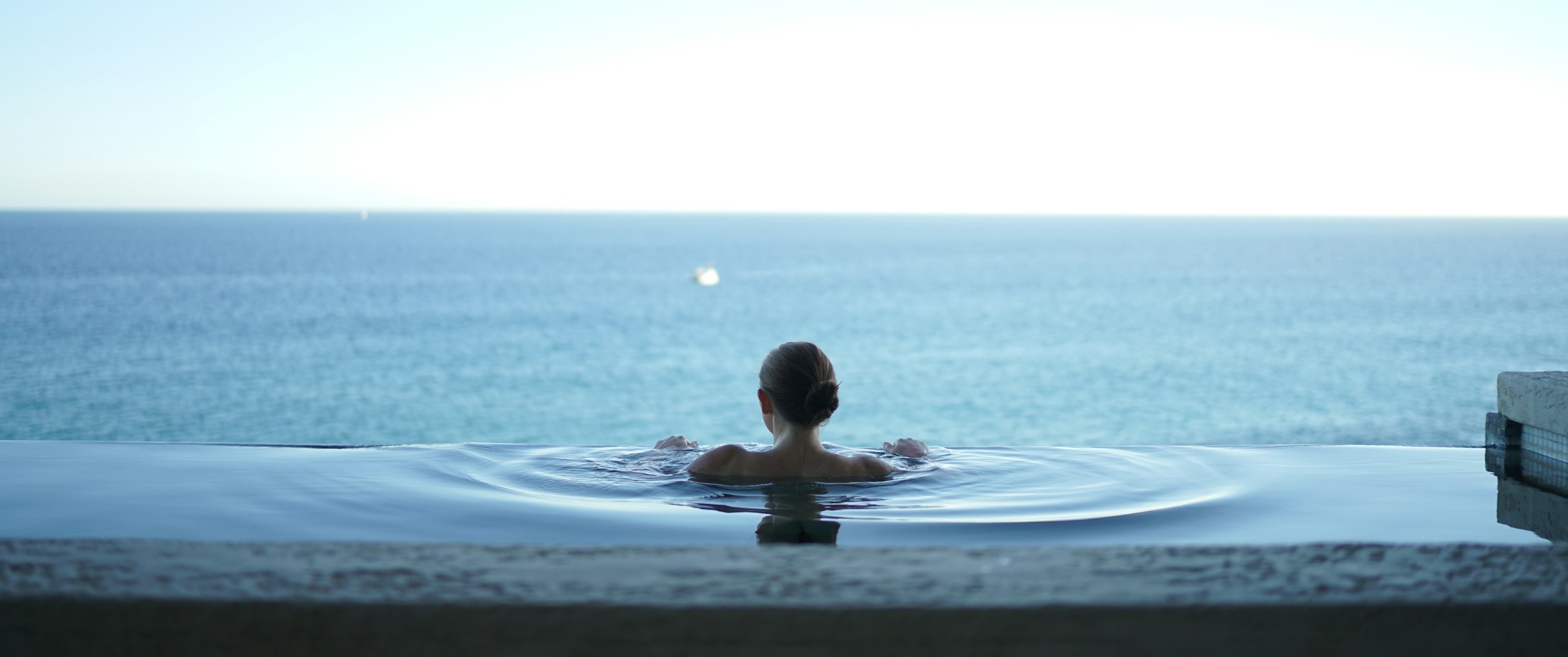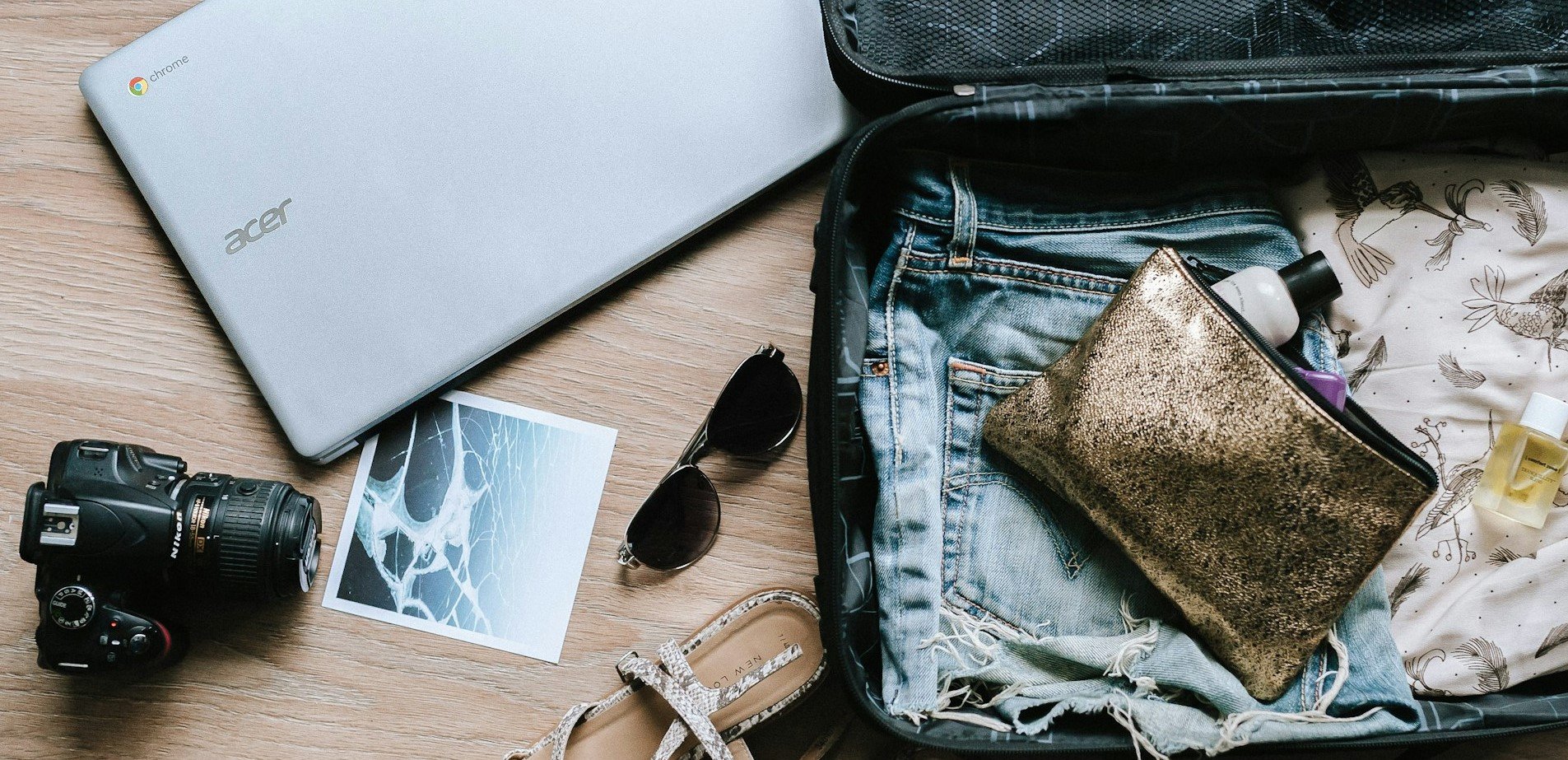New traveler priorities in the wake of the pandemic triggered a sharp rise in the wellness travel trend — and there’s no sign of it slowing down. In fact, operators in all categories are taking wellness themes to new heights to meet customer demand.
These days, hotels, cruise lines and other travel brands are making it easier than ever for travelers to keep up with their wellness routines through well-equipped fitness centers, healthy menu options and well-rounded activities and programming. There’s something for all travelers — regardless of their specific definitions of wellness or how deep they intend to go.
“Wellness travel takes many forms, but at its essence it promotes a sense of wellbeing,” said Gina Morovati, travel advisor for Northstar Cruises. “We all need to slow down a little, take time away from our smartphones, and get back to focusing on self-care, and wellness travel affords us the opportunity to do just that and to return from our trip feeling refreshed with an improved sense of mental and physical wellbeing.”
Here’s a closer look at the state of wellness travel now, with guidance on how travel advisors can find, attract and book more clients seeking meaningful, wellness-focused experiences.
What Wellness Travel Looks Like Today
There’s no one-size-fits-all approach to wellness travel because “wellness” means something different to everyone. For instance, one client’s ideal trip might be more heavily focused on active fitness, while another’s focuses on relaxation and downtime.
But there are commonalities. Typically, wellness touches on aspects of both mental and physical health, including cuisine, stress levels, fitness and relaxation.
“Understanding your client’s wellness goals and expectations is vital to creating an itinerary for their explicit needs,” Morovati said, adding that there should be a balance of relaxation and exploration. “If their goal is to de-stress, design an itinerary with options such as yoga, meditation and spa treatments. Find out their activity levels and incorporate options such as hiking, biking or water sports.”
Determine any dietary restrictions as you build out an itinerary that includes healthy fare. “Healthy cuisine based on fresh food locally sourced with plenty of vegetarian, vegan and gluten-free options is essential,” Morovati said.
“There may also be guest lecturers on subjects pertaining to health and longevity,” Morovati said. “Staff should include such professionals as wellness coaches, therapists and trainers. The venue should also offer curated opportunities at different levels of physical activity and outdoor wellness experiences.”
![]()
How To Recognize a Quality Supplier
To book top-quality wellness travel for clients, advisors must be able to identify operators that deliver meaningfully and authentically on their claims. “A wellness supplier should really be one that focuses on spa and health first” rather than one that merely tacked on wellness language superfluously as the fad surged, said Jonathan Alder, luxury travel planner and founder of Jonathan’s Travels.
Rob DelliBovi of RDB Hospitality underscored the importance of wellness suppliers having a holistic approach and offering “whole-body friendly food and beverage options, experiences, Instagrammable settings and a feeling of rejuvenation when they return from their travels.”
“The best health-focused suppliers are wellness focused top to bottom,” DelliBovi said.
A formal sustainability protocol — far beyond simply greenwashing — is another indicator of an authentic wellness provider, said Samantha Hammond, owner of Jus Adventures, a travel agency specializing in wellness, soft adventure and honeymoon travel.
To identify a truly wellness-oriented operator, look for “consistency in messaging and ethos, niche offerings, unique services and partnerships, prompt and professional response and customer care,” said Revamp Retreats founder Christian Tripodi.
On the flip side, there are signs that indicate an operator isn’t sincere in its wellness claims and is merely adding the language as an afterthought meant to drive sales.
There are “fakers out there” who are peddling “not a holistic wellness experience but are using a certain element of their experience to bring in the wellness crowd,” DelliBovi said. He advises doing thorough vetting of any brand that is located in a dense urban center or includes nightlife options in their food and beverage offerings. “Just because a venue like this may have a spa or a salad concierge doesn’t mean that you’re headed to an overall wellness experience,” he said.
Morovati pointed to other red flags to watch for, including exaggerated claims, such as guaranteed weight loss and cures for diseases; lack of accreditation for coaches, therapists and trainers; and being more concerned with profit than the client’s experience.
Crafting the Perfect Wellness Travel Itinerary
When crafting a wellness travel itinerary, the most important element is to understand your client’s priorities, DelliBovi said. What does wellness mean to them? “We find, generally, that wellness is less about salads and massages and more about a general lowering of the stresses of life, which of course is a different itinerary to all,” DelliBovi said. “Like all travel itineraries, it’s most important to tailor to the traveler’s definition of wellness.”
Typically with wellness travel, the property and experience should be serene, and the itinerary should include time for relaxation and health-promoting activities. “Food and beverage doesn’t necessarily have to be calorie friendly,” DelliBovi said. “But it certainly isn’t magnums of champagne and a tomahawk steak.”
While templated experiences are quick and easy to whip up in bulk, personalizing each itinerary to each client is key for a positive experience that drives repeat business. “You must exceed expectations and be unique to deliver truly memorable experiences — especially for the seasoned traveler,” Tripodi said.
Overall, he says, the most inspiring wellness travel itineraries allow for a “journey,” whether the transformation occurs over a weekend of tech detox and relaxation or deep learning over a longer period of time away from the trappings of daily life. “Allowing time and space for free time and flexibility is a key component as well,” he said.
![]()
How to Market to the Right Clientele
Successfully marketing wellness travel to clients starts with embracing wellness in your own lifestyle and travels. “Using your social media platforms to highlight the wellness experiences you’ve done can definitely help market you as an expert in this certain niche of travel,” Alder said. “Show that you believe in the experience as well as they should.”
Hammond agreed that walking the walk is key to effective wellness travel marketing — but she prefers to focus on demonstrating authenticity via her offline presence more than social media. “As someone who is also really into wellness, I am always in spas and yoga studios, so I make sure that I am always talking to the owners and fellow clients about my services,” she said. When permitted, she leaves flyers and business cards at such venues.
Similarly, Tripodi recommended collaborating with companies and specialists that fully align with your mission, vision and ethos — and sharing your own approach to wellness with your clients. “Share your unique personality and the faces behind the company or program,” he said. “Start the conversation authentically and foster the relationship, invest in their experience from the start, and clients will reciprocate by sticking around and returning year after year.”
Why Does Wellness Travel Matter? How To Educate Clients
Many travel buyers are actively seeking wellness experiences as the trend continues to accelerate. But how can you encourage those who aren’t yet on board?
One way is to share the depth and breadth of the potential benefits.
“I always emphasize the fact that taking a wellness trip will help to reduce stress, promote lifelong healthy habits, enhance self-awareness and lead to better work performance, among other things,” Hammond said.
Tripodi encourages advisors to help clients grasp the potentially lasting — even life-changing — benefits of wellness travel experiences that are larger than themselves. “Paint a picture. How much of an impact will this have on the people around them — friends, family, loved ones?” he said. “Everyone around you is affected by how you care for yourself and your wellbeing; it is a part of how you show up in the world. Care for yourself and your wellbeing and everyone around you will benefit, too. Making positive changes or investments in yourself will ripple outward.”
Originally appeared in the Spring 2024 issue of The Compass magazine.
About the Author






comments